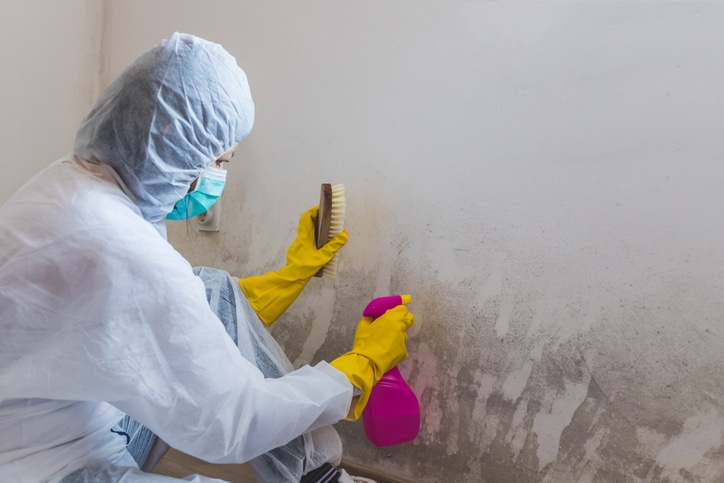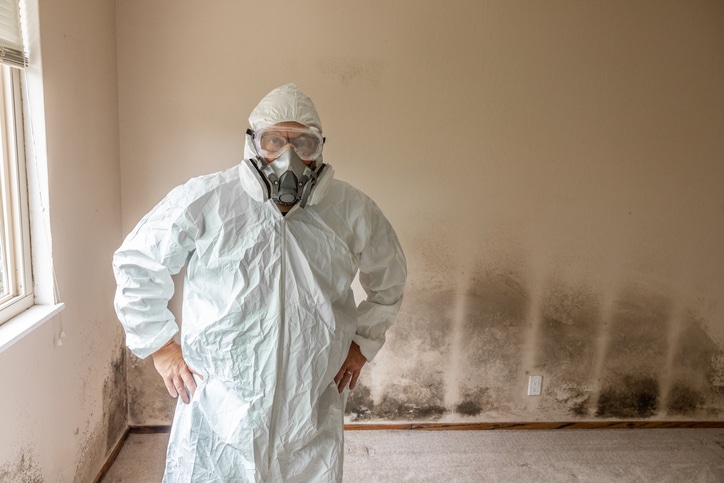It’s a well known fact that we often prioritize clean eating and exercise, but one crucial aspect of our health that frequently gets overlooked is indoor air quality (IAQ). The air we breathe indoors can significantly impact our well-being, particularly since many of us spend up to 90% of our time indoors. Poor environment quality can lead to a variety of health issues, making IAQ testing and hazardous materials assessments a vital practice for maintaining a healthy living environment.

Understanding Indoor Air Quality
Indoor air quality refers to the atmosphere within and around buildings and structures, especially as it relates to the health and comfort of the occupants. Several factors can affect IAQ, including the presence of pollutants, humidity levels, and ventilation. Common pollutants include dust, mould, pet dander, volatile organic compounds (VOCs), and carbon monoxide. Even if the air seems clean, these invisible threats can lead to serious health problems.
Health Implications of Poor Indoor Air Quality
Respiratory Issues
Poor IAQ can trigger respiratory problems, such as asthma and chronic bronchitis. Particles like dust and mould spores can irritate the airways, leading to coughing, wheezing, and difficulty breathing. Children and individuals with pre-existing conditions are particularly vulnerable.
Allergies
Many common indoor allergens, such as pollen, dust mites, and mould, can exacerbate allergy symptoms. Regular exposure to these allergens can lead to chronic discomfort and decreased quality of life.
Neurological Effects
Some indoor pollutants, particularly VOCs from paints, cleaning supplies, and furnishings, can affect brain function. Long-term exposure may result in headaches, dizziness, and even cognitive decline.
Fatigue and Irritation
Poor air quality can contribute to overall feelings of fatigue and discomfort. Symptoms like eye irritation, skin rashes, and headaches can disrupt daily life and productivity.
The Importance of Indoor Air Quality Testing
Identifying Hidden Pollutants
One of the primary reasons to conduct indoor air quality testing is to identify hidden pollutants. Many harmful substances are invisible and odorless, making them difficult to detect without proper testing. By identifying these pollutants, you can take targeted actions to improve the atmosphere around you.
Assessing Risks
Testing allows you to assess the risks associated with pollution. Knowing the levels of specific pollutants can help you understand their potential health impacts and determine if immediate action is necessary. For instance, high levels of mould may require professional remediation, while elevated VOCs might necessitate better ventilation.
Guiding Remediation Efforts
Once indoor air quality issues are identified, testing results can guide effective remediation efforts. Whether it involves improving ventilation, using purifiers, or making structural changes to reduce humidity, having a clear understanding of the problem can streamline the process.
Improving Overall Well-Being
Regular indoor air quality testing contributes to long-term health and well-being. By ensuring that your home or workplace has a clean atmosphere, you’re not only reducing the risk of illness but also creating a more comfortable and productive environment. This can lead to better sleep, increased energy levels, and improved overall quality of life.
The Importance of Hazardous Materials Assessments and IAQ Testing
Indoor air quality testing and hazardous materials assessments are not just a luxury; they are a necessity for safeguarding your health. With the potential risks associated with poor air quality and toxins in your environment, investing in testing and assessments can help you identify and mitigate harmful pollutants in your living space. Don’t wait for symptoms to appear—conducting regular IAQ tests can make a significant difference in your health and well-being.
Alberta Safety & Environmental Services (ASE Services) is one of the most reputable providers of Hazardous materials assessment and hygiene inspection services—including asbestos, lead, mould, mercury, and silica detection, as well as industrial hygiene testing for grow ops and other facilities. With a background in Alberta’s Occupational Health & Safety Commission and professional project management skills, our qualified staff can provide reliable handling of air quality and industrial hygiene from initial industrial inspection all the way to remediation programs. Whether just for a permit, or in-depth air quality control, we can help. Feel free to reach out and secure air quality and hygiene requirements for your building.
